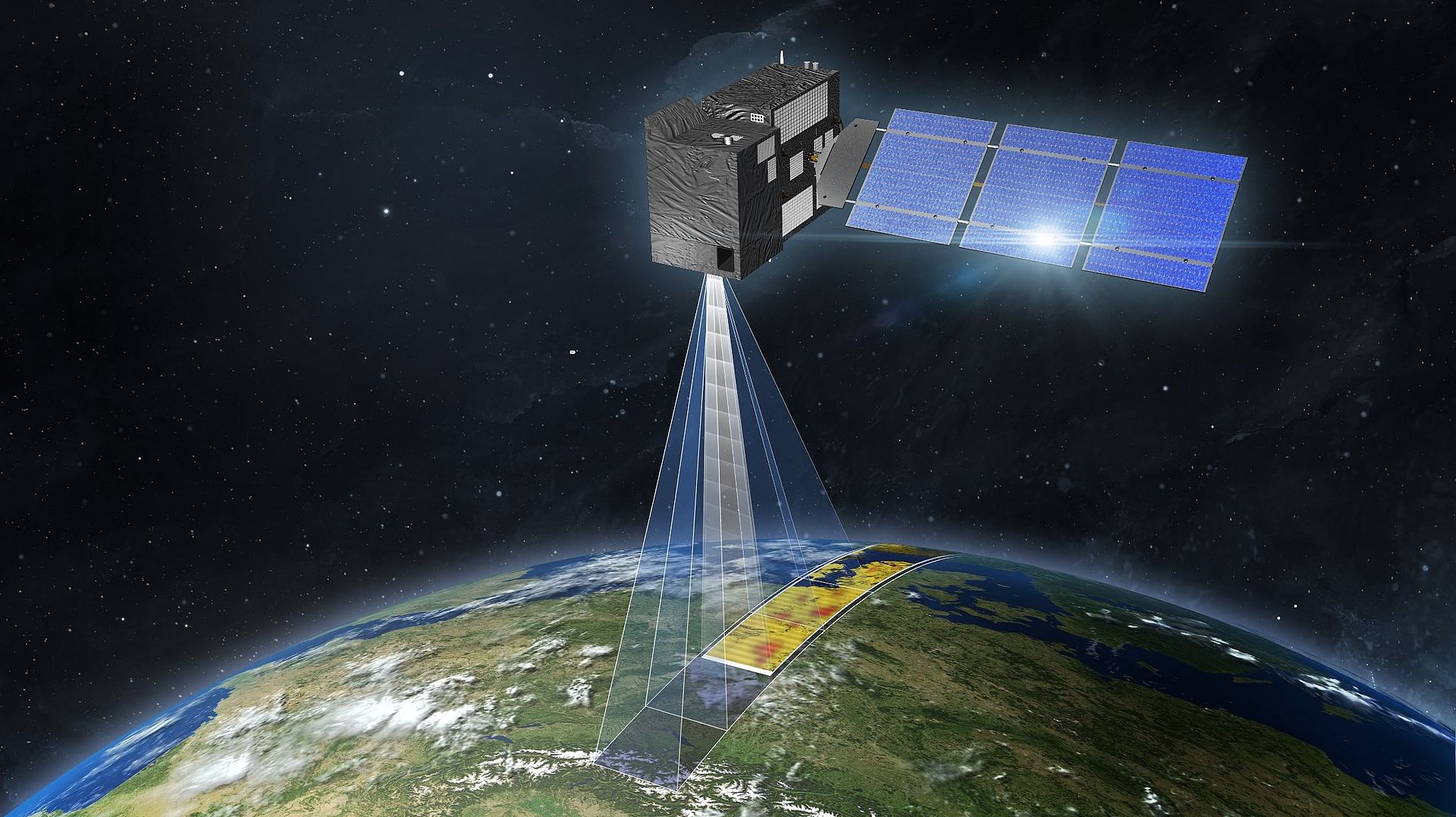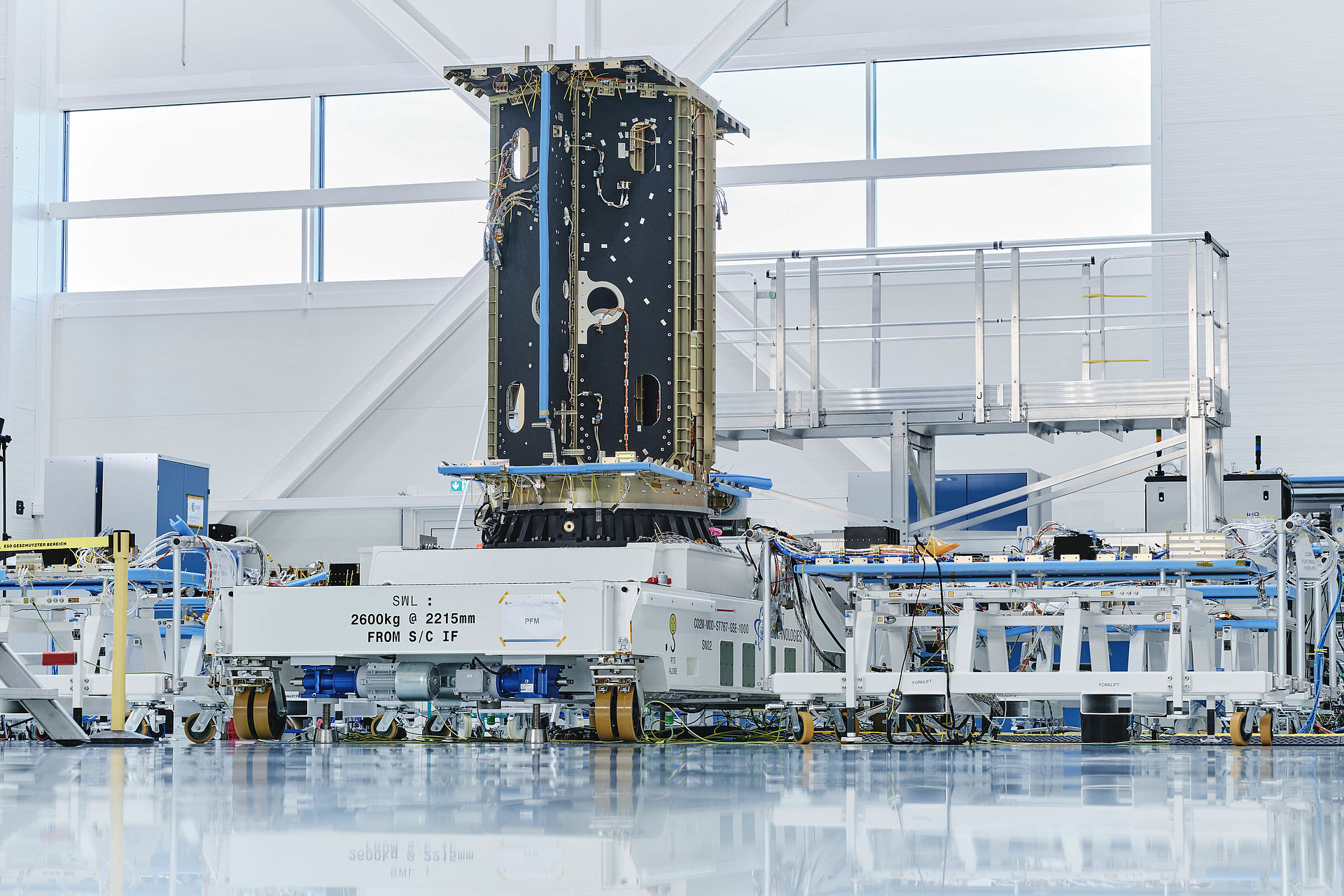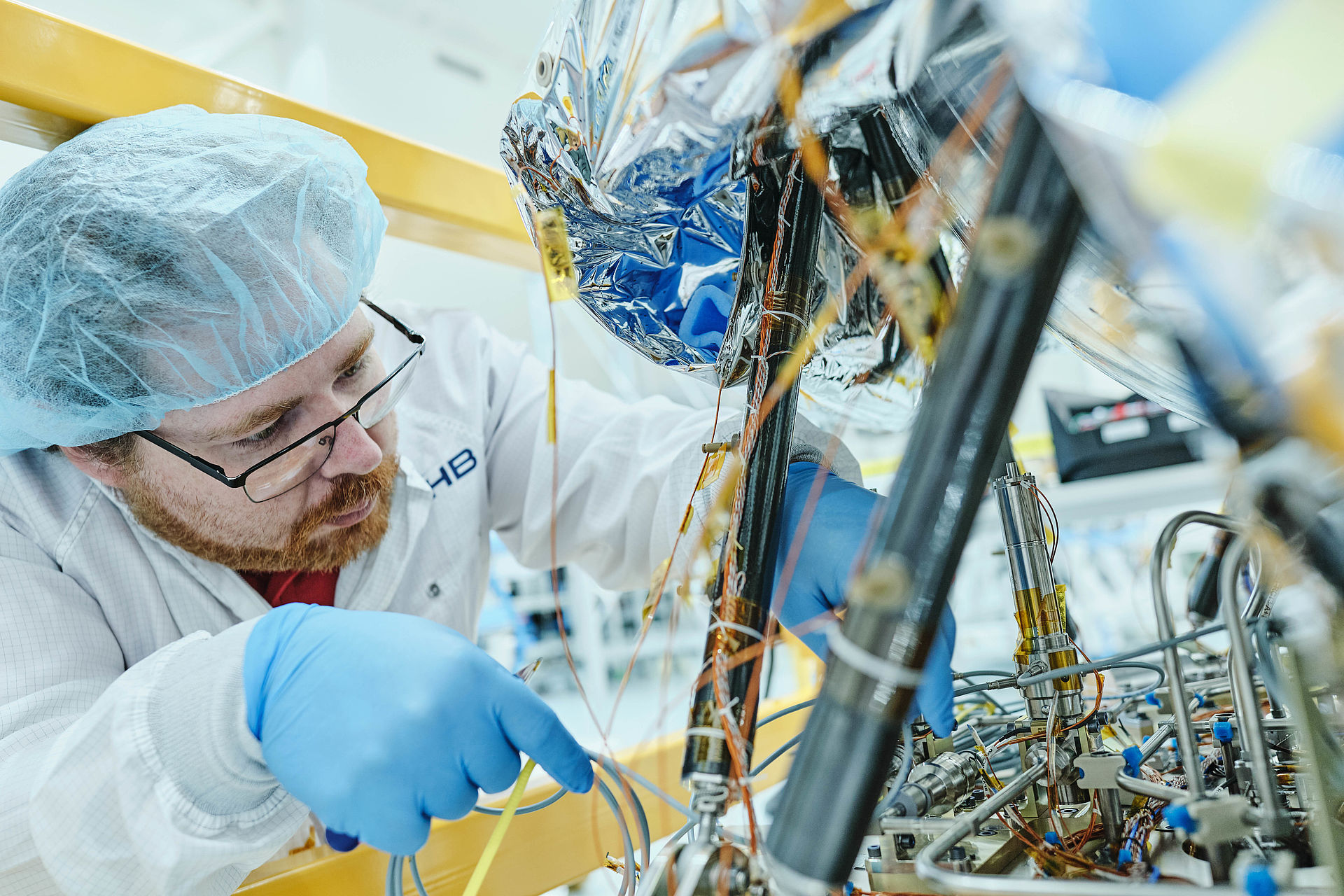
Brussels/Bremen, 28 January 2025 – For the sake of our planet and for the sake of humanity: The CO2M mission of the European Earth observation programme Copernicus aims to specifically monitor how much climate-changing carbon dioxide is released into the atmosphere by human activities. The data collected by the CO2M satellites will provide reliable information on the emissions of individual countries, regions and cities and thus also help to verify whether the goals of the Paris Agreement are met.
The European Space Agency (ESA) relies once again on OHB’s high expertise and competence in developing Earth observation satellites. Following the awarding of the CO2M contract in 2020 for the development of the first two satellites of this mission, ESA and OHB System AG signed a contract worth 175.5 million euros for the third CO2M-satellite.
“This demonstrates once more our strong heritage in Earth observation and we are delighted that we have now been commissioned to build a third satellite for this outstanding mission, which is of tremendous importance for our planet and humanity. With three satellites the recurrence of the measurements for the CO2M mission is set to increase”, said Ian Bennett, Director Earth Observation Systems at OHB, and he added: “I am very proud of our team's work and that we alongside the European Commission and ESA are contributing to the fight against climate change.”
Excellent teamwork in space
With three CO2M satellites Europe will get a better coverage of our planet and is able to image the whole globe faster and with better data quality. When considering a period of eleven days for one satellite to record all carbon and nitrogen dioxide globally, this reduces to 5 days with 2 satellites and further down to 3.5 days with 3 in orbit. As a team of three, the CO2M satellites will give an approved set of data thanks to an increased statistic of up-to-date global overview of greenhouse gases. The satellites are to fly in a sun-synchronous orbit at an altitude of about 735 kilometres. Currently the initial two satellites are under construction in Bremen.
Advanced sensor technology
The CO2M mission will be equipped with cutting-edge technology capable of measuring carbon dioxide and nitrogen dioxide concentrations in the atmosphere as well as methane with extraordinary precision. This allows a very accurate monitoring of global emission sources and sinks, which is crucial for tackling climate change. The spectrometers and the collocated polarimeter will measure greenhouse gases with higher resolution than ever before. They will not only enable large-scale monitoring of emissions but also identify local hotspots and specific emission sources. Each satellite is equipped with three instruments forming the payload, subcontracted to Thales Alenia Space.
Valuable new data for climate models and better support for climate policy
The CO2M mission will provide valuable data for implementing and assessing climate mitigation measures. The new data will help governments and international organisations to meet their climate goals by offering precise information on the CO₂ footprint of each country.
The data collected by CO2M will also be integrated into climate models, helping scientists to better predict future climate changes and understand their impact on Earth. These models are essential for long-term planning and informed policymaking in climate protection.
With the CO2M mission Europe and the European space industry takes a leading role in utilising satellite technology to combat climate change.
Strong industrial consortium
The CO2M project is being implemented by an industrial consortium led by OHB System AG. As the prime contractor, OHB is responsible for the overall space segment and is developing the satellite platforms. OHB is supported by a key partner, Thales Alenia Space, as supplier of the payload.
The European Space Programme Copernicus
Copernicus is the second major European space programme alongside Galileo and provides an independent European Earth observation infrastructure. The data collected by measuring facilities on land, at sea, in the air and in space are primarily used for monitoring the land, water, food and climate, but also help to cope with natural disasters and provide answers to security-related questions. The Copernicus programme is funded by the European Union and the European Space Agency (ESA).
More information on the CO2M-Mission
• Payload for the CO2M mission
• Copernicus webpage
• ESA webpage
• EUMETSAT webpage
Contact for media representatives:
Marianne Radel
Head of Corporate Communications
Phone: +49 421 2020 9159
Email: marianne.radel@ohb.de
Contact for investors and analysts:
Marcel Dietz
Investor Relations
Phone: +49 421 2020 6426
Email: ir@ohb.de


